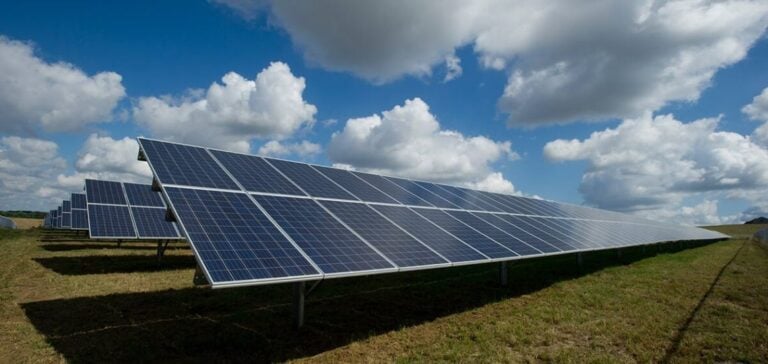The Trino solar power plant, located in Piedmont, was financed in part by an equity crowdfunding campaign launched in 2022. Local residents have invested in the project and will begin to recoup their investment when operations start. This project demonstrates a new form of citizen participation in the field of renewable energy, enabling local communities to benefit directly from energy infrastructures. This is not the first time such an initiative has been launched in Italy. Indeed, last year, Edison, a smaller competitor of Enel, inaugurated a new hydroelectric plant also partly financed by the local community and its extended customer base.
Impressive figures
The Trino site, formerly the site of a nuclear power plant shut down following the 1987 vote banning atomic energy, is now home to 160,000 photovoltaic panels. The plant will generate around 130 GWh per year, supplying green energy to around 47,000 homes. In addition, the plant is equipped with a 25 MW battery storage system with a storage capacity of 100 MWh. An additional, larger storage system is planned for installation at the site in the near future. These figures surpass those of RWE’s solar projects in Sicily.
Impact on the energy transition
Until recently, Italy’s energy transition has relied mainly on the installation of rooftop solar panels, a small-scale strategy that has kept energy production costs high and slowed progress towards decarbonization. The Trino plant marks a significant shift towards larger-scale facilities, crucial to meeting the country’s carbon reduction targets. However, the project comes at a time when Italy’s right-wing coalition has recently approved rules to limit the installation of solar panels on agricultural land, prompting criticism of their potential impact on Rome’s decarbonization goals. All in all, the Trino solar power plant represents an important step in Italy’s energy transition, combining technological innovation and community involvement to accelerate large-scale renewable energy production.






















